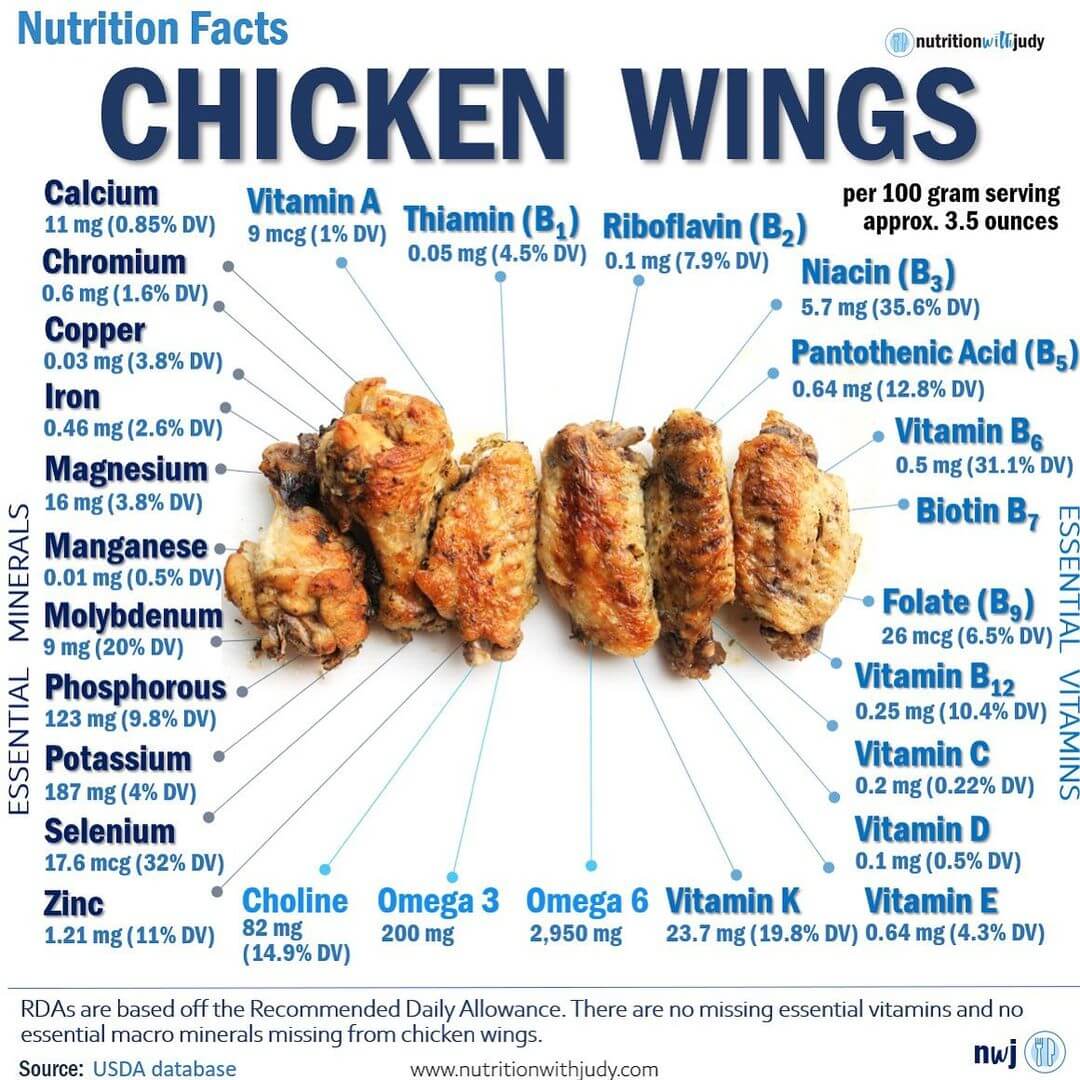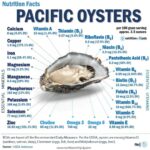

Microblog: The Nutrition Facts of Chicken Wings


CHICKEN WINGS ARE MISSING ZERO ESSENTIAL VITAMINS & MACROMINERALS
🕵🏻♀️Word on the street is that we shouldn’t be consuming much chicken. If you can afford the higher quality chicken, yes, go for it. But you should consume chicken—it has vitamins and macrominerals missing from your favorite ruminant meats.
⚠️Don’t believe everything you read.
You can believe this because it’s from the USDA nutrient database 😉
📚Excerpt from @CarnivoreCure:
Chicken wings are a good source of proteins and B vitamins and contain the same amount of monounsaturated fats as olive oil. They are a complete source of protein with all the amino acids your body needs.
🧆Yes, olive oil and chicken wings have a similar fat composition.
🐓One chicken wing with the skin on (weighing about 34 grams) is about 86 calories compared to a chicken wing without the skin (about 23 grams) which is 43 calories. That means that 60% of the calories come from fat for wings with skin on compared to 36% in wings without skin. The higher fat content of skin-on wings makes these an ideal option to include regularly in your carnivore diet.
🐓Chicken wings are very nutrient-dense. Three and a half ounces (100 grams) of chicken wings (about 3-4 wings total) contain 41% of the recommended daily value (RDV) for vitamin B6, 36% of the RDV for vitamin B3, 15% of the RDV for choline, and 13% RDV for vitamin B5. Chicken wings are also a great source of selenium, phosphorous, and other essential minerals.
🧬Niacin helps to build healthy skin and aids in digestion. Vitamin B6 helps metabolize protein and synthesize amino acids. Dark chicken meat is richer in nutrients than white meat and contains much more iron and zinc than white meat.
🩸Iron is critical, as iron deficiency is the most common nutritional deficiency in the world. The World Health Organization estimates that nearly a third of the world’s population may have low red blood cell numbers from insufficient iron. In the United States iron deficiency remains common, with 9 percent of toddlers (12 to 36 months) having inadequate iron stored in their bodies.
👧🏻Five percent of toddlers are anemic, and of those 40 percent suffer from an iron deficiency, something that can be easily changed with the right foods.[1]
—————-
[1] World Health Organization, “Iron Deficiency Anemia.”



